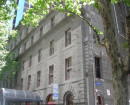FORMER MUNICIPAL STABLES
10-16 STABLES LANE AND PALERMO STREET SOUTH YARRA, STONNINGTON CITY
-
Add to tour
You must log in to do that.
-
Share
-
Shortlist place
You must log in to do that.
- Download report
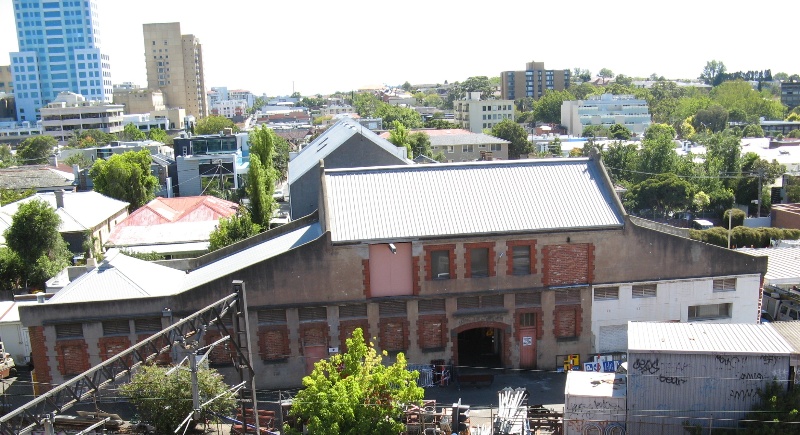

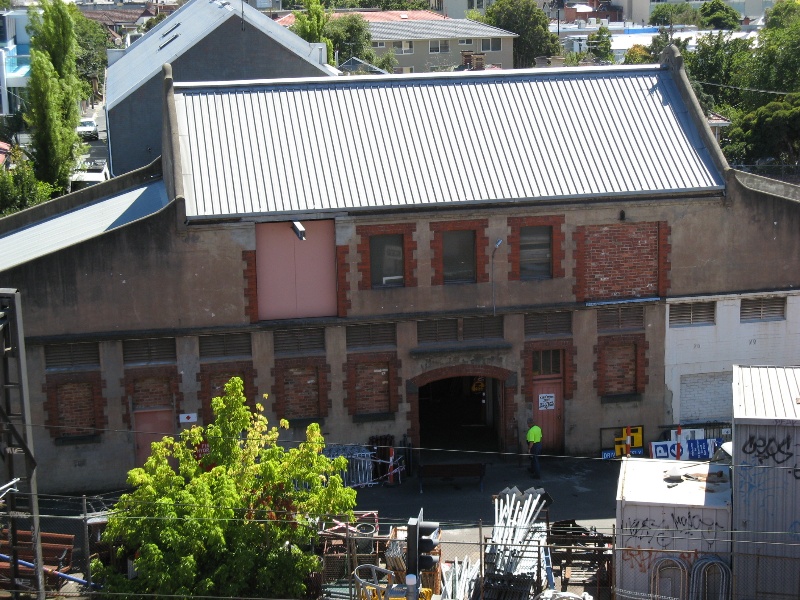
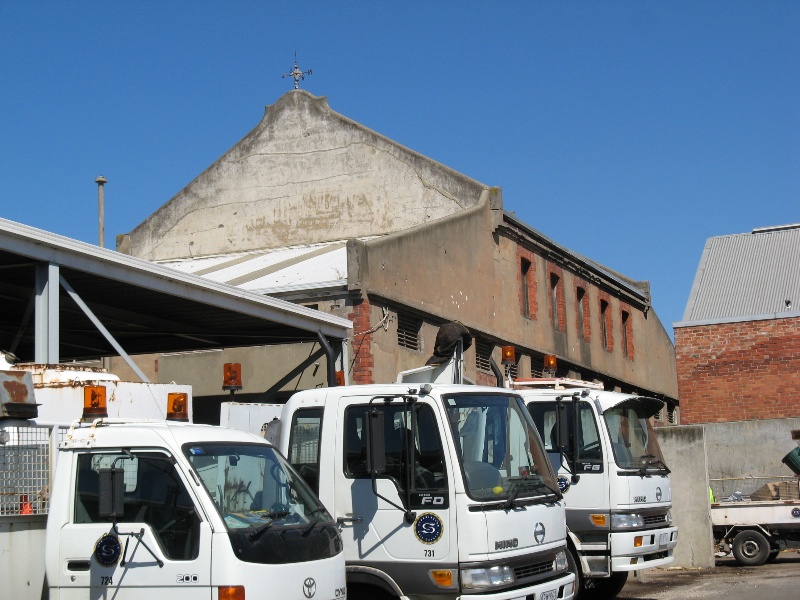
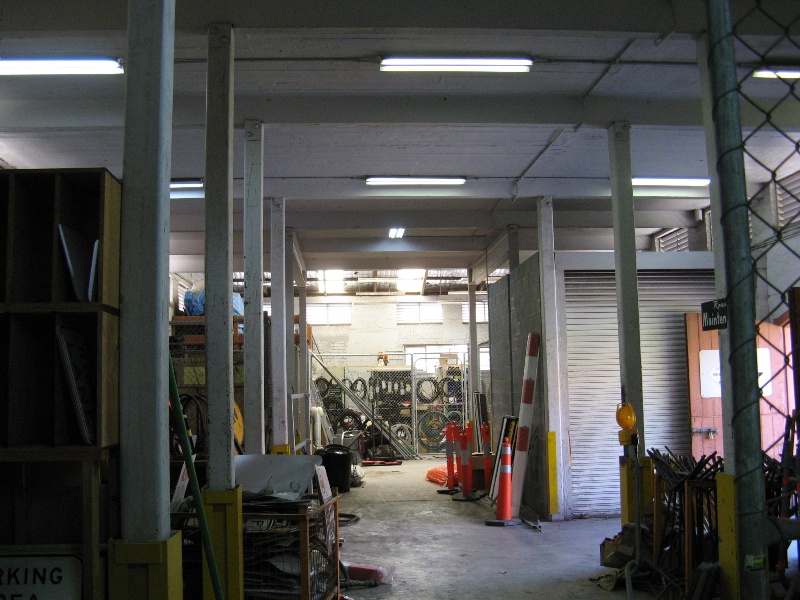
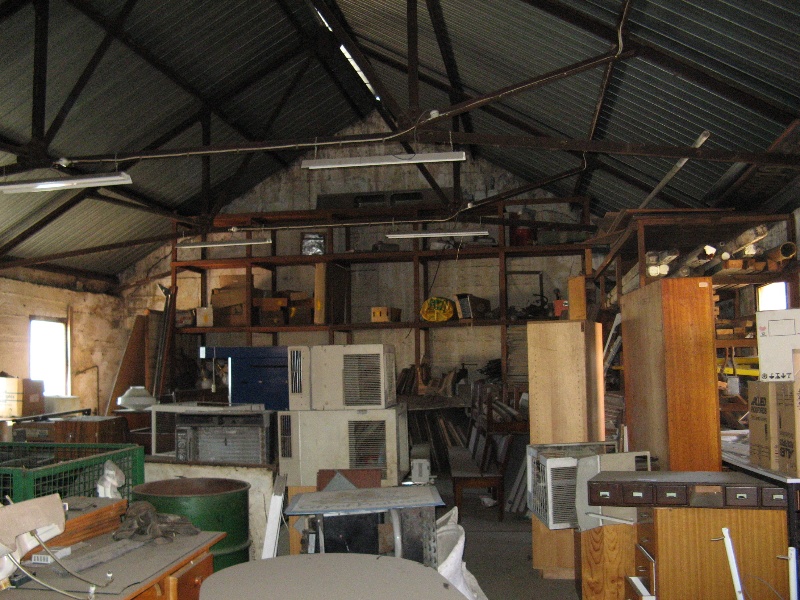
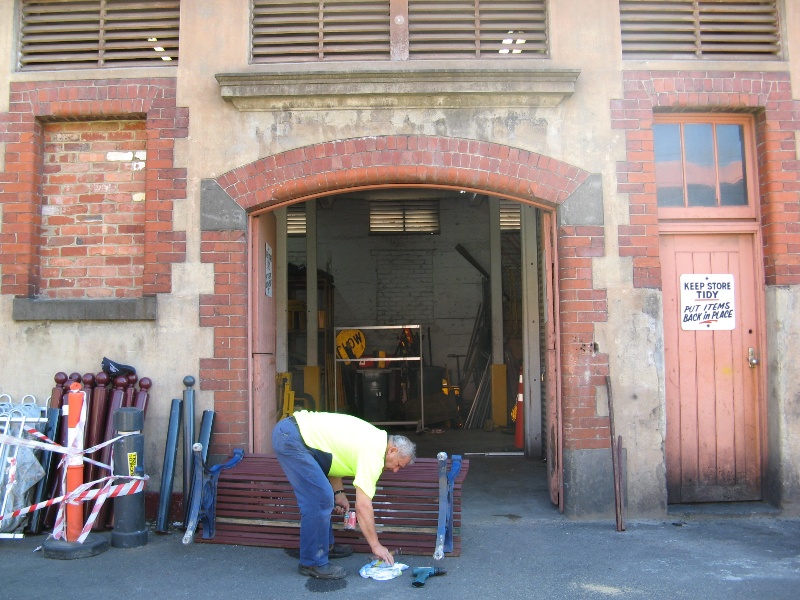

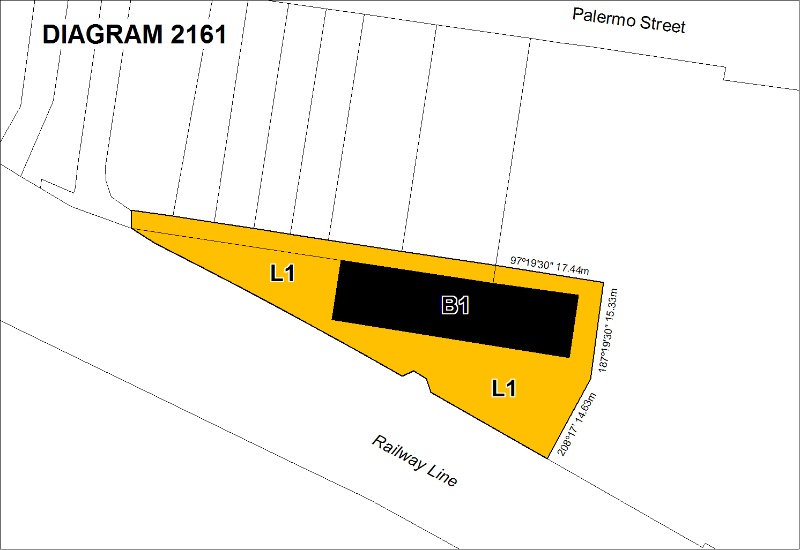
Statement of Significance
What is significant?
The former Municipal Stables at South Yarra were constructed in 1910 on land purchased by the former Prahran City Council in 1888 and used as its Corporation Yard and as a site for its 'destructor' or waste incinerator. The Council used horses to cart rubbish, move the tar used for road construction, power the horse brooms used for street sweeping and for tasks associated with the destructor. By 1912 there were seventeen horses in the stables, but in that year the Council began to acquire a fleet of motor vehicles and by 1928 operated several Ford trucks, mainly used for street cleaning. In the inter-war period Council continued to rely on horse-drawn transport for larger projects, such as the extensive earthmoving works carried out in the early 1930s at Como Park as part of the extension of Alexandra Avenue. The continuing reliance on horses required the extension of the stables to the west in 1936-7. In the late 1930s it was decided that horses should be phased out in favour of motor vehicles, but this was not implemented until after World War II. Council continued to maintain its fleet of horses, mainly for rubbish collection, until about 1960 when the use of horses was abandoned permanently. The stables were converted into an amenities block for council workers, which required the blocking of many of the window and door openings and the removal of the internal features usually associated with stables. It is now used as a Council store.
The former Municipal Stable is a rendered brick building with a central two-storey gable roof section flanked by single storey wings with raking parapets disguising their skillion roofs. The door and window openings have red brick architraves, and the main entrance on the south side has a segmental brick arch above and retains its original doors. The 1930s single storey hip-roofed addition to the west is in a similar style to the original. There are louvred wooden ventilators above the original ground floor openings. The ground floor windows and one of the external doors on the first floor have been bricked in, and the rendered walls of the eastern skillion section have been painted white, but otherwise the original building is externally intact. Nothing appears to remain of the original ground floor stalls apart from the posts supporting the first floor, which once marked the divisions between the stalls. On the first floor, reached by a modern metal stair, is a large open space, once probably used as a hayloft, with again no remaining internal features to demonstrate its original use.
How is it significant?
The former municipal stables at South Yarra are of architectural and historical significance to the State of Victoria.
Why is it significant?
The former Municipal Stable at South Yarra is the only known surviving example of a Municipal stable in Victoria, and is historically significant as a demonstration of the continuing importance of horses in Victoria, particularly for municipal work, until the second half of the twentieth century and of the buildings which were once essential to accommodate them.
The former Municipal Stable is architecturally significant for its unusual building form with the two storey central section flanked by raking parapets adorning the skillions roofs on each side.
-
-
FORMER MUNICIPAL STABLES - History
CONTEXTUAL HISTORY
Horses were essential for transport of people and goods as well as providing the horsepower for much other heavy work in the nineteenth and the first part of the twentieth centuries. Horses were valuable animals, and were well cared for, and their stables were generally well-constructed and maintained. In nineteenth century pastoral complexes for example the stables were often elaborate masonry structure, second only in architectural importance to the family homestead. Large stables were generally of two storeys, with the horse stalls on the ground floor and a hay loft above, with access via large openings in the walls and with chutes conveying the feed to the feed bins in the stalls below. Although motorised vehicles began to replace horses in the early twentieth century, this was a gradual rather than an abrupt transition. In municipalities throughout Victoria horses were invaluable for a variety of work such as waste collection and earth-moving, and continued to be used by some Councils until after WWII.
HISTORY OF PLACE
[Largely taken from Bryce Raworth Pty Ltd (John Statham), 'Former Municipal Stables, Surrey Road, South Yarra', no date (2007).]
Prahran City Council purchased the land on Surrey Road in 1888, after the construction of the adjacent Oakleigh railway line in 1879. On the 1896 MMBW plan it is shown as the 'Corporation yard', with buildings associated with the council's 'destructor' or incinerator on the eastern end of the site, near Surrey Road. Shown on this plan is a smaller building at the rear of 34-36 Palermo Street, on the site of the existing stable, which may have been an earlier stable building.
The Corporation Stables were built by 1910, and a picture of them which appeared in the Prahran City Council Annual Report 1909-10 shows that they are little changed today. In the same year Council had purchased fourteen horses. The site was a valuable asset: in 1910 the then Clara Street Depot, later called the Surrey Road Depot, was Council's third most valuable asset, with its stables and destructor valued at £16,000, second only to the Town Hall (£80,000) and the Prahran Market (£27,000), and Council's annual reports contained detailed notes and photographs on the operation of the site.
Council's horses were used to cart refuse, to move the tar used for road construction, power horse brooms used for sweeping streets and for tasks associated with the Council's destructor. By 1912 Council had seventeen horses in the stable, but had begun its first steps towards the commissioning of a fleet of motorised vehicles, with the purchase of two petrol-engine trucks and an electric lorry. The outbreak of World War I prevented the rapid conversion to motorised transport.
By 1928 Council operated five or six Ford trucks, a Leyland street flusher had been purchased to replace horse-drawn street cleaning, and a Karrier street sweeper and collector were being trialled with promising results. However Council continued to rely on horse-drawn transport for larger projects. The extensive earthworks undertaken at Como Park as part of the Alexandra Avenue extension in the early 1930s were completed almost entirely using horses and carts, and Council's dray carts continued to provide refuse collection services.
Council's continuing reliance on horses required the extension of the stables in the 1930s. Council's Annual report of 1936-7 noted that 'the completion of the additions to the stables has been a benefit, and all horses now are stabled under one roof in warm and airy stalls'. This addition survives as a small hipped roof structure adjoining the west of the original building.
In the late 1930s it was recognised that motor vehicles offered distinct advantages over traditional carts and drays. Council decided that its stable of heavy horses should be phased out in favour of motor traction. However war again intervened, and horses remained the backbone of Council's operations for a while longer, though the Annual report of 1942-3 noted that Council's motor fleet was old and 'it will be essential to purchase new and modern road building equipment at an early post-war period'.
In the post-war period Council quickly implemented its plans for a modern motor fleet, and by 1952 was operating seventeen vehicles. However it continued to maintain its fleet of horses, largely for rubbish collection. It was only in about 1960 that horses were abandoned permanently in favour of motorised garbage trucks.
MMBW plans from the mid 1960s indicate that a number of works were then undertaken to convert the stables into an amenities block for its workers, with the introduction of showers and toilets. The external alterations to the building are probably associated with these works. In recent decades the building has been used as a store.
REFERENCES
Bryce Raworth Pty Ltd (written by John Statham), 'Former Municipal Stables, Surrey Road, South Yarra', no date (2007).
'Scrapping the scrap heap', in Stonnington History News, Newsletter No 29, August-September 2000.
FORMER MUNICIPAL STABLES - Plaque Citation
This rare example of a large municipal stable was built in 1910 by the Prahran City Council to accommodate the horses used until about 1960 for municipal works such as waste collection and road works.
FORMER MUNICIPAL STABLES - Assessment Against Criteria
The historical importance, association with or relationship to Victoria's history of the place or object
The former Municipal Stables at South Yarra stables reflect the continuing importance of horses for municipal work in Victoria until the mid- twentieth century. Horses were essential for providing the power needed to perform a variety of heavy tasks such as mass transport and the moving of heavy objects until the twentieth century, when these tasks were increasingly carried out by motor vehicles. The former importance of horses is demonstrated by the accommodation which once had to be provided for them. Small private stables are not uncommon but large institutional stables such as this one are extremely rare.
b. The importance of a place or object in demonstrating rarity or uniqueness
The former South Yarra Municipal Stables are a rare surviving example of a Municipal stable in Victoria. While much municipal work was done by horses until the mid-twentieth century, and municipal stables would therefore once have been common, very few such stables are known to have survived. The South Yarra stable is a fine and unusual example of its type, with the two storey central section flanked by skillions with raking parapets.
c. The place or object's potential to educate, illustrate or provide further scientific investigation in relation to Victoria's cultural heritage
d. The importance of a place or object in exhibiting the principal characteristics or the representative nature of a place or object as part of a class or type of places or objects
The former Municipal Stable is a rare demonstration of the form of a large institutional stable building of the early twentieth century.
e. The importance of the place or object in exhibiting good design or aesthetic characteristics and/or in exhibiting a richness, diversity or unusual integration of features
f. The importance of the place or object in demonstrating or being associated with scientific or technical innovations or achievements
g. The importance of the place or object in demonstrating social or cultural association
h. Any other matter which the Council deems relevant to the determination of cultural heritage significance
FORMER MUNICIPAL STABLES - Permit Exemptions
General Exemptions:General exemptions apply to all places and objects included in the Victorian Heritage Register (VHR). General exemptions have been designed to allow everyday activities, maintenance and changes to your property, which don’t harm its cultural heritage significance, to proceed without the need to obtain approvals under the Heritage Act 2017.Places of worship: In some circumstances, you can alter a place of worship to accommodate religious practices without a permit, but you must notify the Executive Director of Heritage Victoria before you start the works or activities at least 20 business days before the works or activities are to commence.Subdivision/consolidation: Permit exemptions exist for some subdivisions and consolidations. If the subdivision or consolidation is in accordance with a planning permit granted under Part 4 of the Planning and Environment Act 1987 and the application for the planning permit was referred to the Executive Director of Heritage Victoria as a determining referral authority, a permit is not required.Specific exemptions may also apply to your registered place or object. If applicable, these are listed below. Specific exemptions are tailored to the conservation and management needs of an individual registered place or object and set out works and activities that are exempt from the requirements of a permit. Specific exemptions prevail if they conflict with general exemptions. Find out more about heritage permit exemptions here.Specific Exemptions:General Conditions: 1. All exempted alterations are to be planned and carried out in a manner which prevents damage to the fabric of the registered place or object. General Conditions: 2. Should it become apparent during further inspection or the carrying out of works that original or previously hidden or inaccessible details of the place or object are revealed which relate to the significance of the place or object, then the exemption covering such works shall cease and Heritage Victoria shall be notified as soon as possible. Note: All archaeological places have the potential to contain significant sub-surface artefacts and other remains. In most cases it will be necessary to obtain approval from the Executive Director, Heritage Victoria before the undertaking any works that have a significant sub-surface component. General Conditions: 3. If there is a conservation policy and plan endorsed by the Executive Director, all works shall be in accordance with it. Note: The existence of a Conservation Management Plan or a Heritage Action Plan endorsed by the Executive Director, Heritage Victoria provides guidance for the management of the heritage values associated with the site. It may not be necessary to obtain a heritage permit for certain works specified in the management plan. General Conditions: 4. Nothing in this determination prevents the Executive Director from amending or rescinding all or any of the permit exemptions. General Conditions: 5. Nothing in this determination exempts owners or their agents from the responsibility to seek relevant planning or building permits from the responsible authorities where applicable. Regular Site Maintenance : The following site maintenance works are permit exempt under section 66 of the Heritage Act 1995: a) regular site maintenance provided the works do not involve the removal or destruction of any significant above-ground features or sub-surface archaeological artefacts or deposits; b) the maintenance of an item to retain its conditions or operation without the removal of or damage to the existing fabric or the introduction of new materials; c) cleaning including the removal of surface deposits, organic growths, or graffiti by the use of low pressure water and natural detergents and mild brushing and scrubbing; d) repairs, conservation and maintenance to plaques, memorials, roads and paths, fences and gates and drainage and irrigation. e) the replacement of existing services such as cabling, plumbing, wiring and fire services that uses existing routes, conduits or voids, and does not involve damage to or the removal of significant fabric. Note: Surface patina which has developed on the fabric may be an important part of the item's significance and if so needs to be preserved during maintenance and cleaning. Note: Any new materials used for repair must not exacerbate the decay of existing fabric due to chemical incompatibility, obscure existing fabric or limit access to existing fabric for future maintenance. Repair must maximise protection and retention of fabric and include the conservation of existing details or elements. Minor Works : Note: Any Minor Works that in the opinion of the Executive Director will not adversely affect the heritage significance of the place may be exempt from the permit requirements of the Heritage Act. A person proposing to undertake minor works may submit a proposal to the Executive Director. If the Executive Director is satisfied that the proposed works will not adversely affect the heritage values of the site, the applicant may be exempted from the requirement to obtain a heritage permit. If an applicant is uncertain whether a heritage permit is required, it is recommended that the permits co-ordinator be contacted.FORMER MUNICIPAL STABLES - Permit Exemption Policy
The purpose of the Permit Policy is to assist when considering or making decisions regarding works to the place. It is recommended that any proposed works be discussed with an officer of Heritage Victoria prior to them being undertaken or a permit is applied for. Discussing any proposed works will assist in answering any questions the owner may have and aid any decisions regarding works to the place. It is recommended that a Conservation Management Plan is undertaken to assist with the future management of the cultural significance of the place.
The addition of new buildings to the site may impact upon the cultural heritage significance of the place and will require a permit. The purpose of this requirement is not to prevent any further development on this site, but to enable control of possible adverse impacts on heritage significance during that process.
The significance of the place lies in its rarity and intactness as an example of a large municipal stable, used from its construction in 1910 until as late as 1960. Any alterations that impact on its significance are subject to permit application. All original elements of the building should be retained, including the external form and any original fabric.
-
-
-
-
-
PRIMARY SCHOOL NO. 1467
 Victorian Heritage Register H1032
Victorian Heritage Register H1032 -
PRAHRAN TOWN HALL
 Victorian Heritage Register H0203
Victorian Heritage Register H0203 -
FORMER POLICE STATION AND COURT HOUSE
 Victorian Heritage Register H0542
Victorian Heritage Register H0542
-
'NORWAY'
 Boroondara City
Boroondara City -
1 Mitchell Street
 Yarra City
Yarra City
-
-







